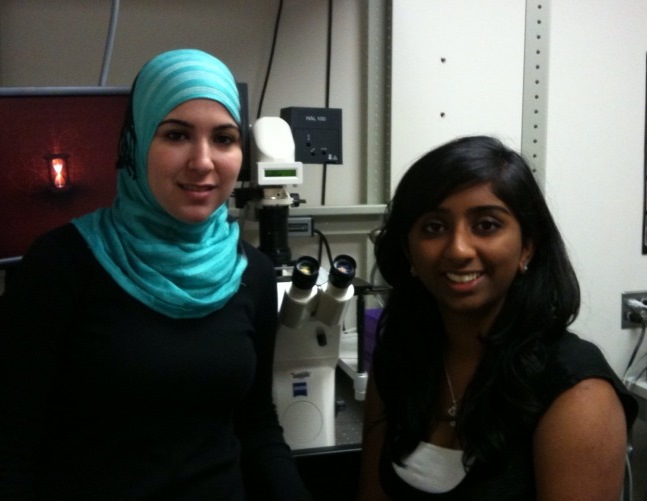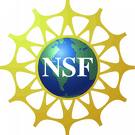| UBM Project 2010 - Lab of Dr Camelia Prodan |
Models of dynamic instability in microtubule growth
Dynamic instability in microtubule growth (polymerization) and the action of taxol on microtubules are still not understood. However microtubules and their dynamic instability are some of the best targets for cancer drugs such as taxol. The main idea of the project is to explore the hypothesis that the dynamic instability results from the remarkable properties of the microtubule's edge called topological vibrational ("phonon") states. These edge states are consequences of the unusual bulk properties of the microtubules, and cannot be destroyed by any chemical, mechanical etc treatment of the edge. Taxol may change the bulk properties of the microtubules thus changing the edge states. This is analogous to the newly discovered class of materials called topological insulators. These materials are insulators in bulk but they have the extraordinary property that, if an edge is cut, electron conducting states appear at the edge. These states cannot be destroyed by any kind of treatments and are the result of the bulk properties of the material. We advanced the idea that microtublues have similar properties but with vibrational states rather than electrical conductance states.
The students will combine experiments with Matlab modeling. We will build a model microtubule as a lattice of masses connected by springs and will calculate the resonant frequencies for the system using Matlab. We will make movies on how the vibrational mode transmits through the lattice. On the experimental part, microtubules will be grown from axonemes and the dynamic instability will be recorded for single microtubules. We will interfere with dynamic instability by using the chemotherapy drug taxol. To test the model described above we will use caged GMPCPP (an analog of ATP) to release energy on the microtubules where and when we want, using UV light flash. We will use different microscopy techniques, such as flourescence and DIC to record movies of the microtubules. If time will allow, we will shake the microtubules with the frequency that we calculate and see, experimentally, how it is transmitted from one end to another.
UBM students
Enas Shehadeh and
Sandhya Venkataraman in the laboratory of
Dr Camelia Prodan:


